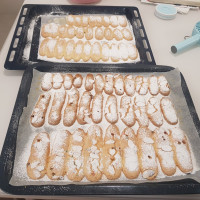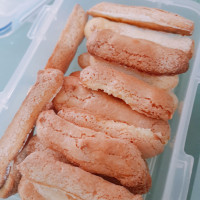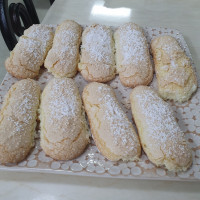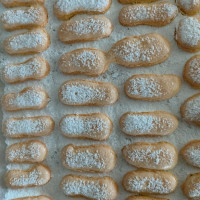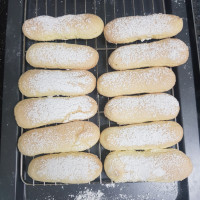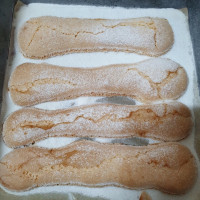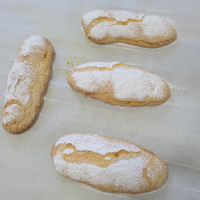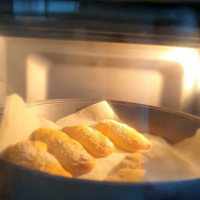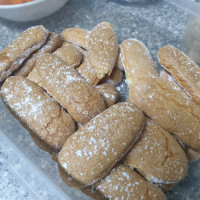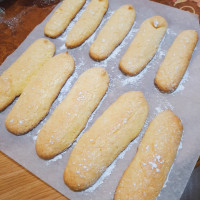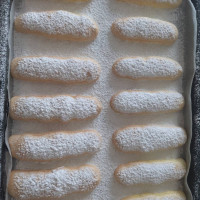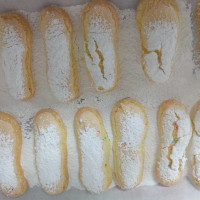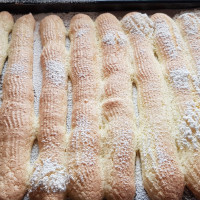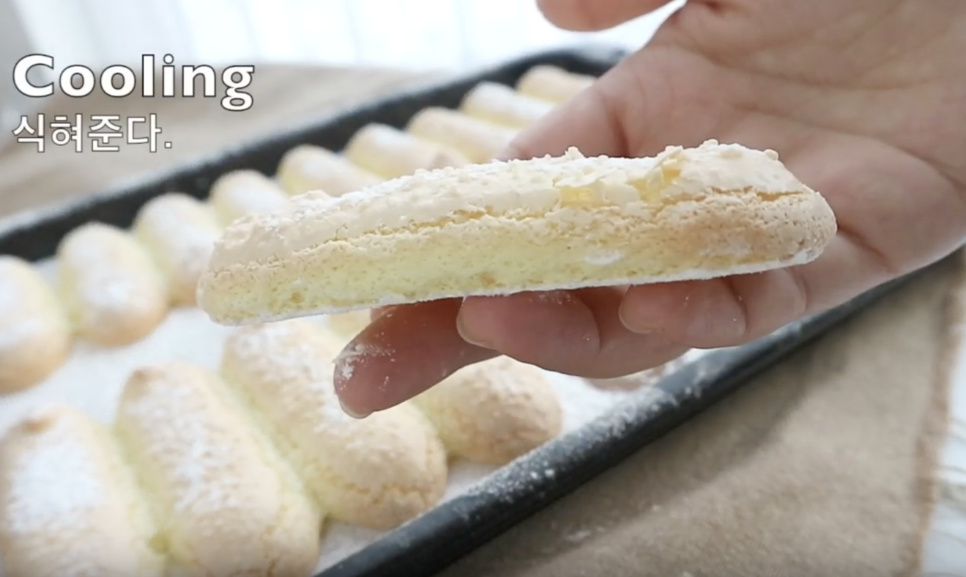
How to bake ladyfinger cookies plump: Bisqui Quier | Angela Baki
I bought ladyfinger cookies at the mart and made tiramisu, but they didn't suit my taste because of the scent like spices. I baked it myself, and it came out flat..There was a lot of trial and error. Here's a tip for coming out chubby, fluffy, and soft!
4 serving
Within 60 minutes

안젤라베이킹
- Ingredients
-
-
Eggs3ea
-
egg3ea
-
Sugar100g
-
Soft flour100g
-
Sugar powdersuitably
-
- Video
-
- Cooking Steps
-
STEP 1/9Separate the yolk from the white and place the white in a large bowl.
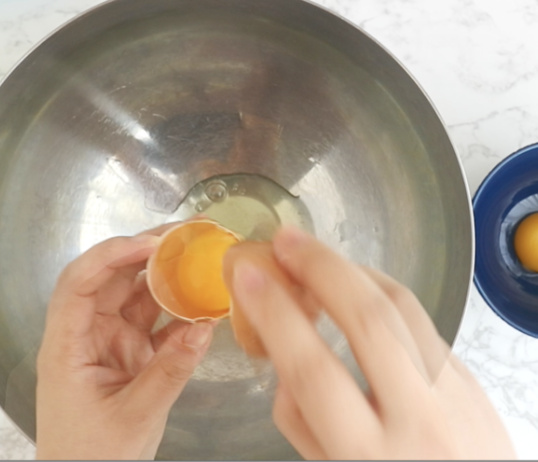 STEP 2/9Divide 100g of sugar into the egg white 2-3 times to make a solid meringue.
STEP 2/9Divide 100g of sugar into the egg white 2-3 times to make a solid meringue.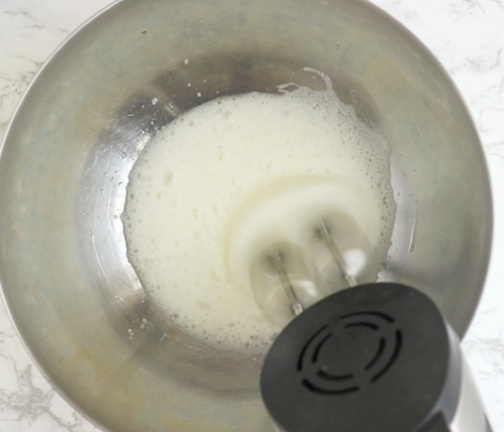 STEP 3/9Raise the horn completely so that it looks firm.
STEP 3/9Raise the horn completely so that it looks firm.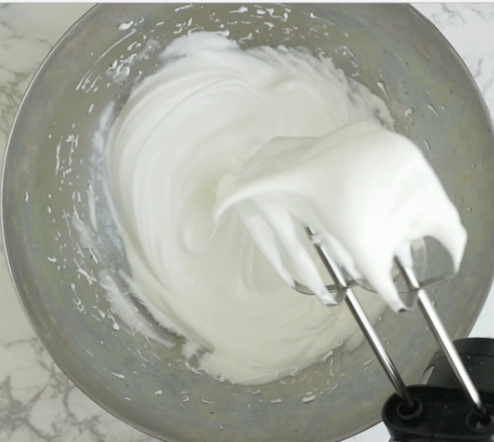 STEP 4/9Add the yolk to the meringue and mix. Stir 3-4 times and add the powder right away.
STEP 4/9Add the yolk to the meringue and mix. Stir 3-4 times and add the powder right away.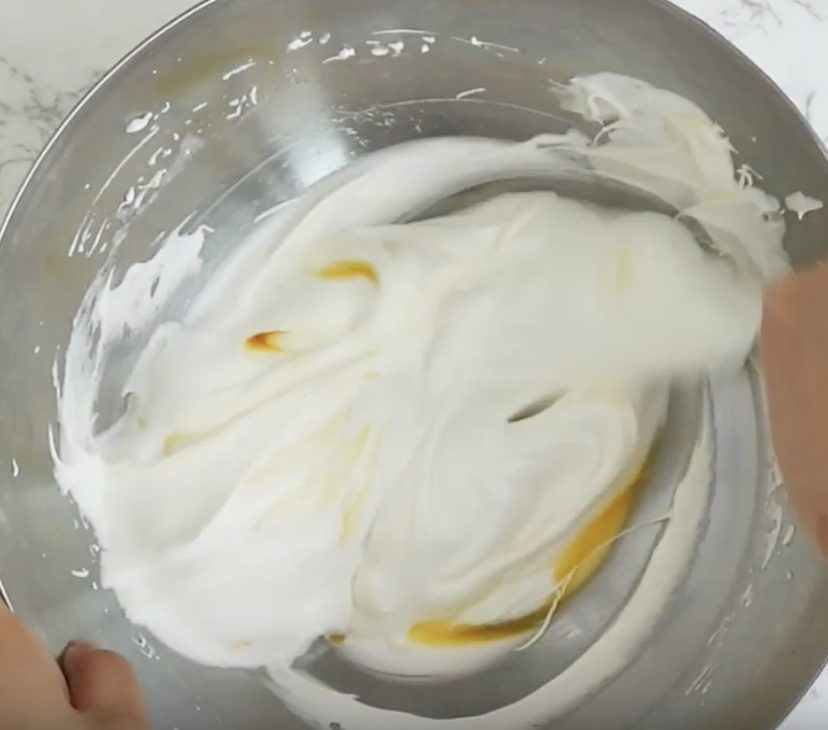 STEP 5/9To prevent the meringue from dying, when the yolk is roughly mixed, add the sifted flour and mix.
STEP 5/9To prevent the meringue from dying, when the yolk is roughly mixed, add the sifted flour and mix.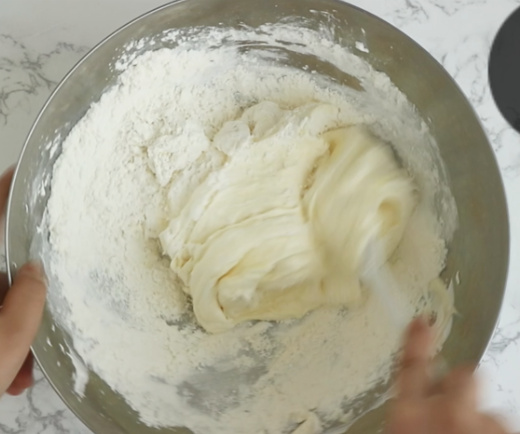 STEP 6/9Use circular pods 1.2 cm or 1.5 cm in diameter.
STEP 6/9Use circular pods 1.2 cm or 1.5 cm in diameter.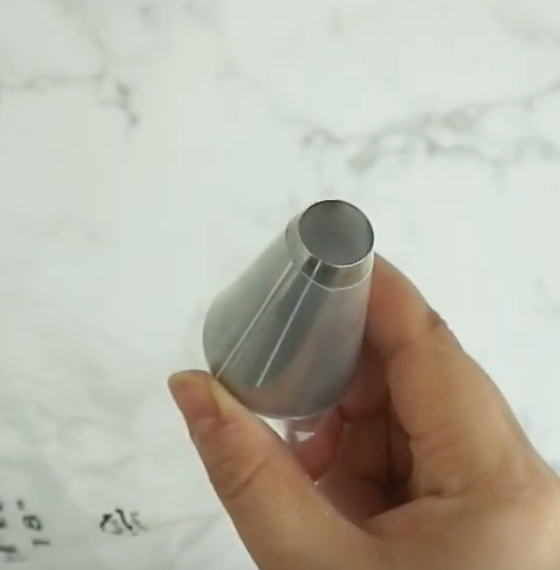 STEP 7/9Spread silicone paper or parchment paper and squeeze it to a length of about 10cm.
STEP 7/9Spread silicone paper or parchment paper and squeeze it to a length of about 10cm.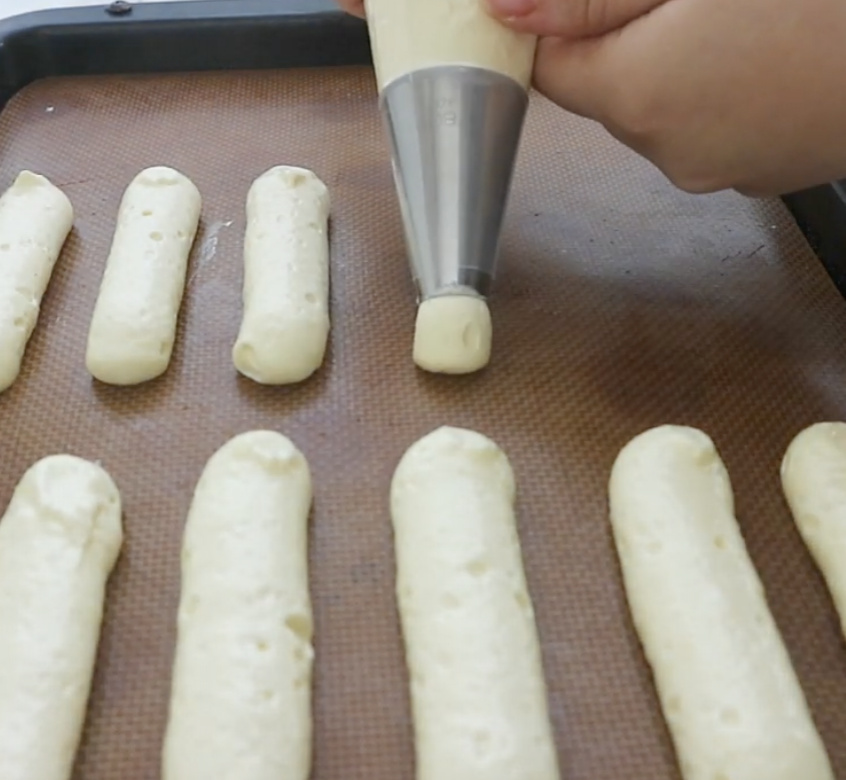 STEP 8/9Sprinkle sugar powder three times evenly throughout.
STEP 8/9Sprinkle sugar powder three times evenly throughout.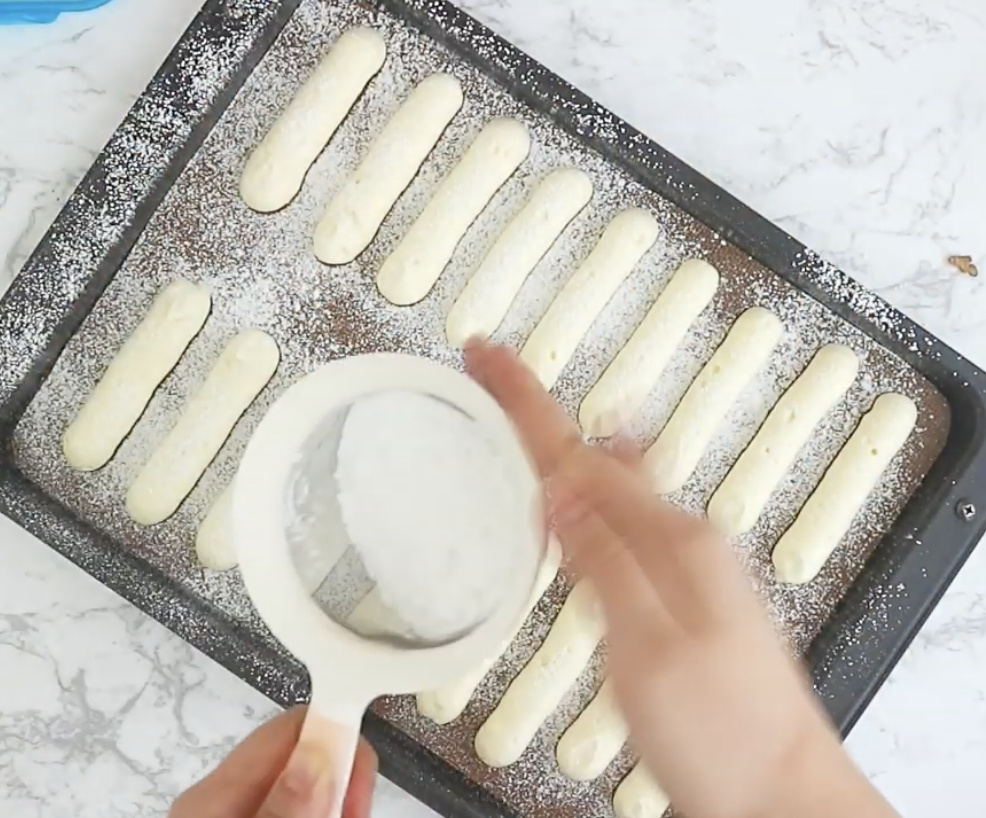 STEP 9/9Bake for 13 minutes in a 180-degree preheated oven. Remove from the oven and remove from silicon paper or parchment paper when it cools completely. You can use it after 3-4 months if you cook it, cool it down, and put it in the freezer.
STEP 9/9Bake for 13 minutes in a 180-degree preheated oven. Remove from the oven and remove from silicon paper or parchment paper when it cools completely. You can use it after 3-4 months if you cook it, cool it down, and put it in the freezer.
If it doesn't come off well when baked on parchment paper, spray it on the back of the parchment paper (opposite of the ladyfinger cookie) and it will come off better.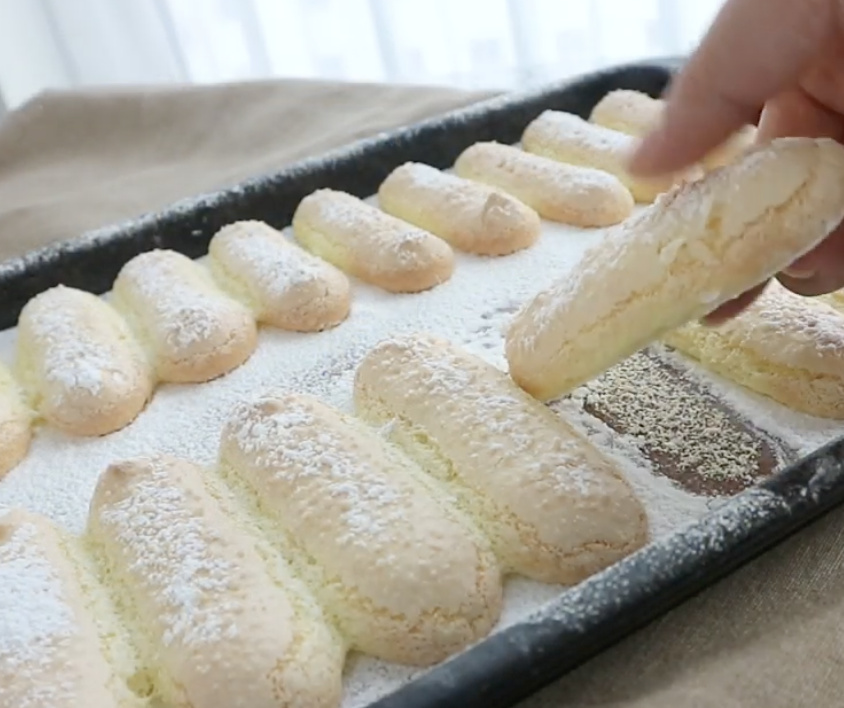 Key point 1. When mixing the dough, add the yolk, add the meringue and add the powder before mixing completely. (You have to finish the dough that quickly.) 2. Add the powder and mix the dough vigorously, but to prevent the foam from dying, pulling the dough up from the bottom. The raw powder must be invisible. 3. When squeezing using a pod, slightly lift the tip of the pod to make it as shaped as a bar rice cake as possible. 4. Sprinkle sugar powder three times. Sprinkle sugar powder on the front three times thinly, and the top becomes a sugar coating. So, when the cookie swells in the oven, it hardens the surface so that it doesn't collapse again. Just by spraying sugar powder evenly, the surface can be prevented from getting wrinkled when it cools, and you can make a baggy lady finger.
Key point 1. When mixing the dough, add the yolk, add the meringue and add the powder before mixing completely. (You have to finish the dough that quickly.) 2. Add the powder and mix the dough vigorously, but to prevent the foam from dying, pulling the dough up from the bottom. The raw powder must be invisible. 3. When squeezing using a pod, slightly lift the tip of the pod to make it as shaped as a bar rice cake as possible. 4. Sprinkle sugar powder three times. Sprinkle sugar powder on the front three times thinly, and the top becomes a sugar coating. So, when the cookie swells in the oven, it hardens the surface so that it doesn't collapse again. Just by spraying sugar powder evenly, the surface can be prevented from getting wrinkled when it cools, and you can make a baggy lady finger.
- Cooking review
-
4.91score
-

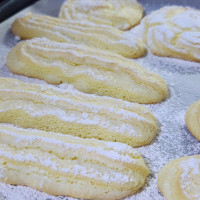 179*****scoreIt's so simple and delicious Oh! As soon as I baked it, I ate it all on the spot It'll be really good if you make tiramisu with this2023-01-03 00:00
179*****scoreIt's so simple and delicious Oh! As soon as I baked it, I ate it all on the spot It'll be really good if you make tiramisu with this2023-01-03 00:00 -
 427*****scoreI reduced the amount of sugar and made it, but it dripped down like water. The size of the eggs used in each household is different, so I thought I should add more flour, but I just put them in muffins and baked them. It's good with less sugar. I made it with my child, but I think it would be good to add other ingredients to this recipe.2021-10-01 18:03
427*****scoreI reduced the amount of sugar and made it, but it dripped down like water. The size of the eggs used in each household is different, so I thought I should add more flour, but I just put them in muffins and baked them. It's good with less sugar. I made it with my child, but I think it would be good to add other ingredients to this recipe.2021-10-01 18:03 -

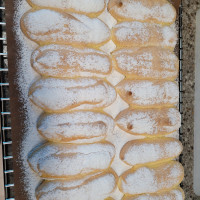 hel*****scoreI didn't know it was that hard to squeeze it like a rice cake.Lol. I tried to make up for it, but it turned into a fat finger, but if it goes in the tiramisu, you won't see it anyway, so it'll only taste good, right? Thank you for the recipe~2021-01-18 17:19
hel*****scoreI didn't know it was that hard to squeeze it like a rice cake.Lol. I tried to make up for it, but it turned into a fat finger, but if it goes in the tiramisu, you won't see it anyway, so it'll only taste good, right? Thank you for the recipe~2021-01-18 17:19 -
702*****scoreI guess I made a mistake The dough was like water. But it was like an egg cookie, so I ate it deliciously because it was like a bread that tasted like an egg cookie2021-01-16 18:30
-
 767*****scoreIt's so good even with an air fryer2020-12-29 18:06
767*****scoreIt's so good even with an air fryer2020-12-29 18:06
-
- Japchae Recommended recipe
-
-
1
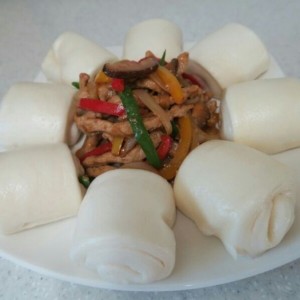 Here's the golden recipe for red pepper japchae ^^!!4.89(44)
Here's the golden recipe for red pepper japchae ^^!!4.89(44) -
2
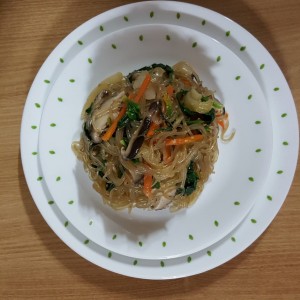 Making japchae easily and quickly4.85(13)
Making japchae easily and quickly4.85(13) -
3
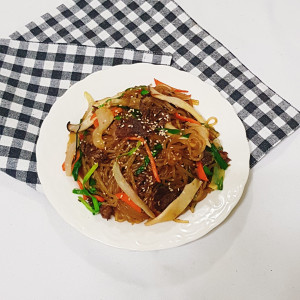 Golden recipe for japchae (It's not hard to make japchae~!!)4.92(12)
Golden recipe for japchae (It's not hard to make japchae~!!)4.92(12) -
4
 If you don't watch it, you'll regret it - super fast japchae gol4.71(28)
If you don't watch it, you'll regret it - super fast japchae gol4.71(28)
-
- Bibimbap Recommended recipe
-
-
1
 [Simple home cooking] Let's mix pork belly with rice! Making Gri4.93(28)
[Simple home cooking] Let's mix pork belly with rice! Making Gri4.93(28) -
2
 The secret of bibimjang sauce that makes bibimbap delicious5.00(11)
The secret of bibimjang sauce that makes bibimbap delicious5.00(11) -
3
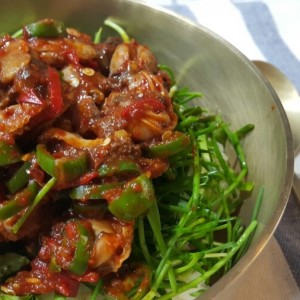 Cockle bibimbap is so good4.93(42)
Cockle bibimbap is so good4.93(42) -
4
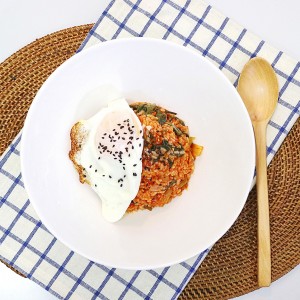 [Honbab Menu] How to make simple young radish bibimbap, how to m4.87(94)
[Honbab Menu] How to make simple young radish bibimbap, how to m4.87(94)
-

